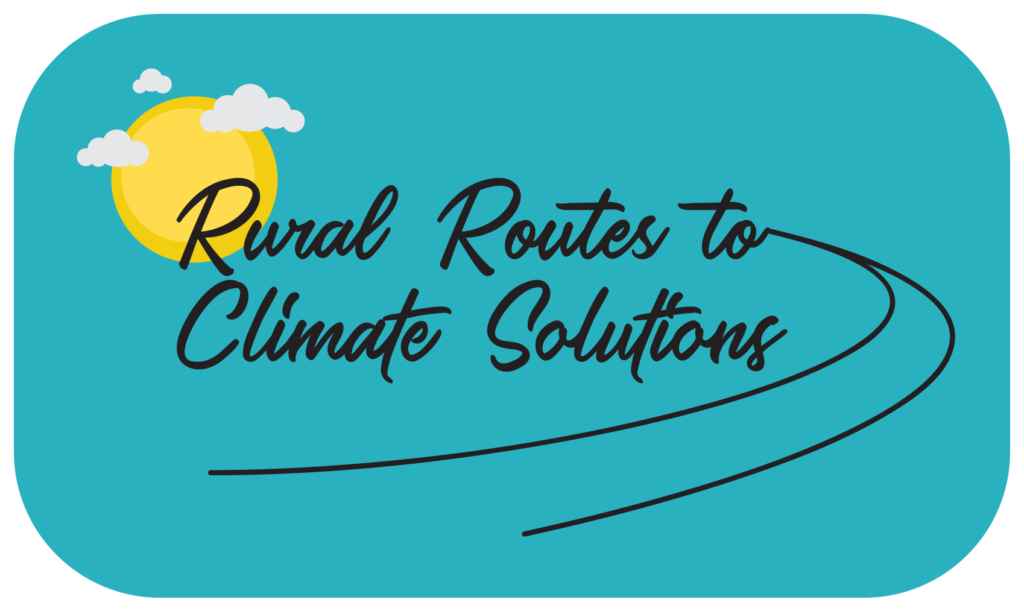EP 76 Partners in the Ecosystem – SoR Part Eight
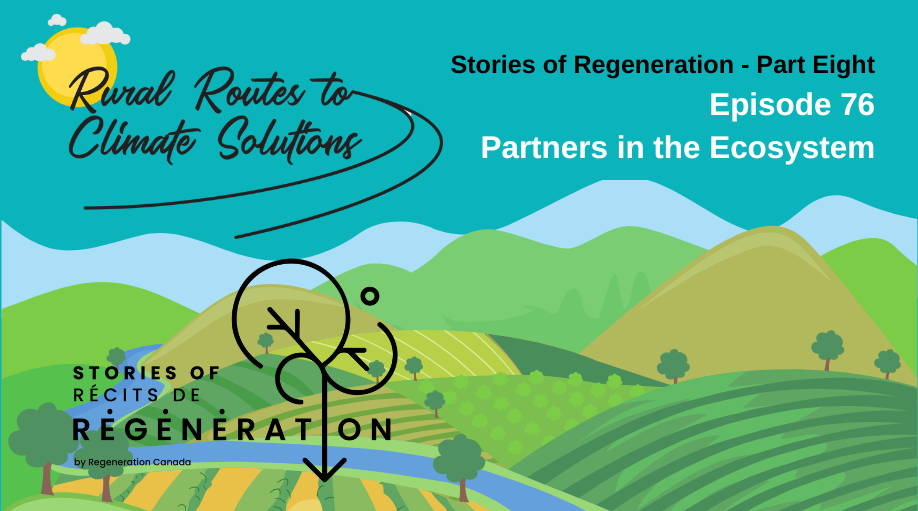
Podcast: Play in new window | Download
Subscribe: RSS
Meet Rebecca Harbut and Mike Bomford from Kwantlen Polytechnic University (KPU) in Richmond, BC—prime examples of such trailblazers. Now, you might wonder, how do university professors fit the description of being ‘on the ground’? Well, let me tell you, KPU isn’t just any university; it boasts a farm that lies at the heart of Rebecca and Mike’s endeavors.
Moreover, as we’ve touched upon throughout this podcast series, with Canada’s population nearing the 40 million mark, farm and ranch operators, along with farm laborers, represent a mere fraction—around 1%—of the populace. The takeaway here? It’s going to require a collective effort, involving many of us outside the traditional farming community, to partner with that crucial 1%. This collaboration is key to expanding regenerative agriculture from a niche practice to a widespread one.
EP51 Cover Crops
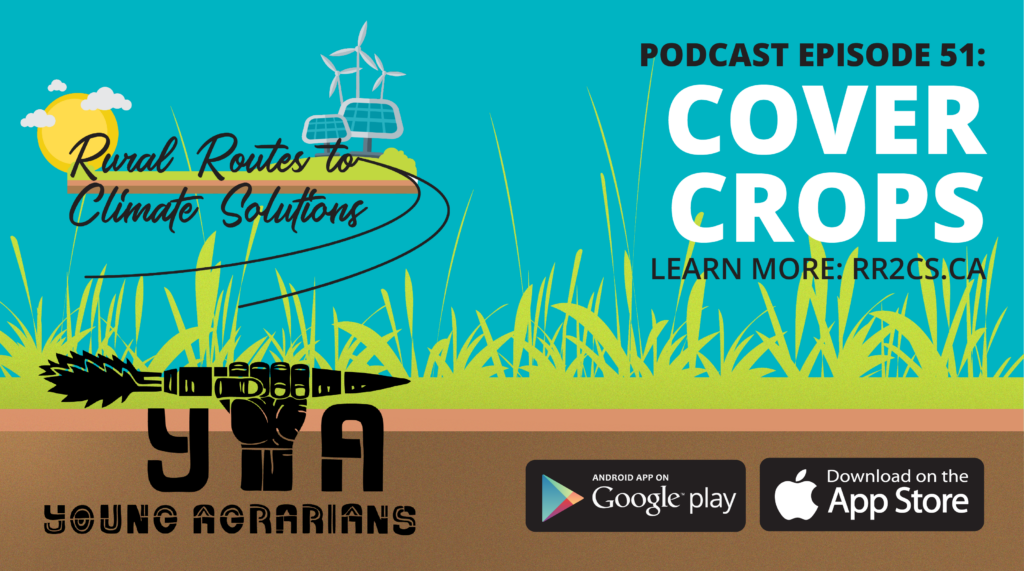
Podcast: Play in new window | Download
Subscribe: RSS
With fertilizer prices hitting $1,000 a ton, it’s no surprise that cover crops are a hot topic. It makes sense that non-synthetic inputs like cover crops are becoming more and more appealing to producers. There’s many benefits to cover crops – including feeding livestock and pollinators, improving water filtration, suppressing weeds, building soil carbon and improving soil biology. In this episode, we’re joined by Kevin Elmy, of Cover Crops Canada, to discuss the ins and outs of cover crops.
Women in Agriculture Panel October 26th, 2022
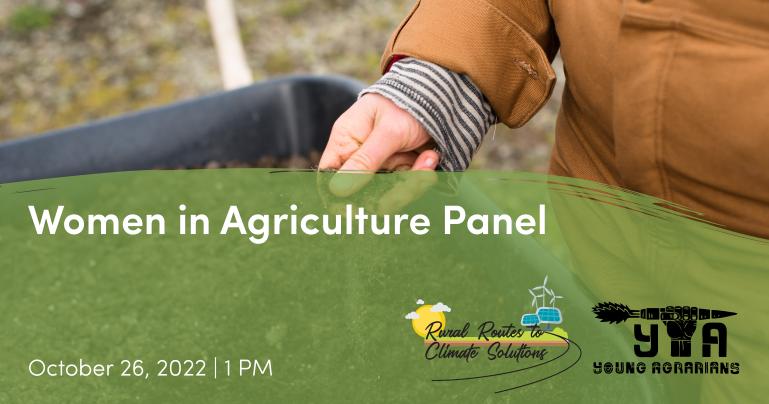
Join RR2CS, Young Agrarians, and some amazing women working in the Alberta agriculture space as they discuss and share experiences.
Planting the ‘Prairie Berry’ — Solstice Berry Farm, Crossfield, Alberta
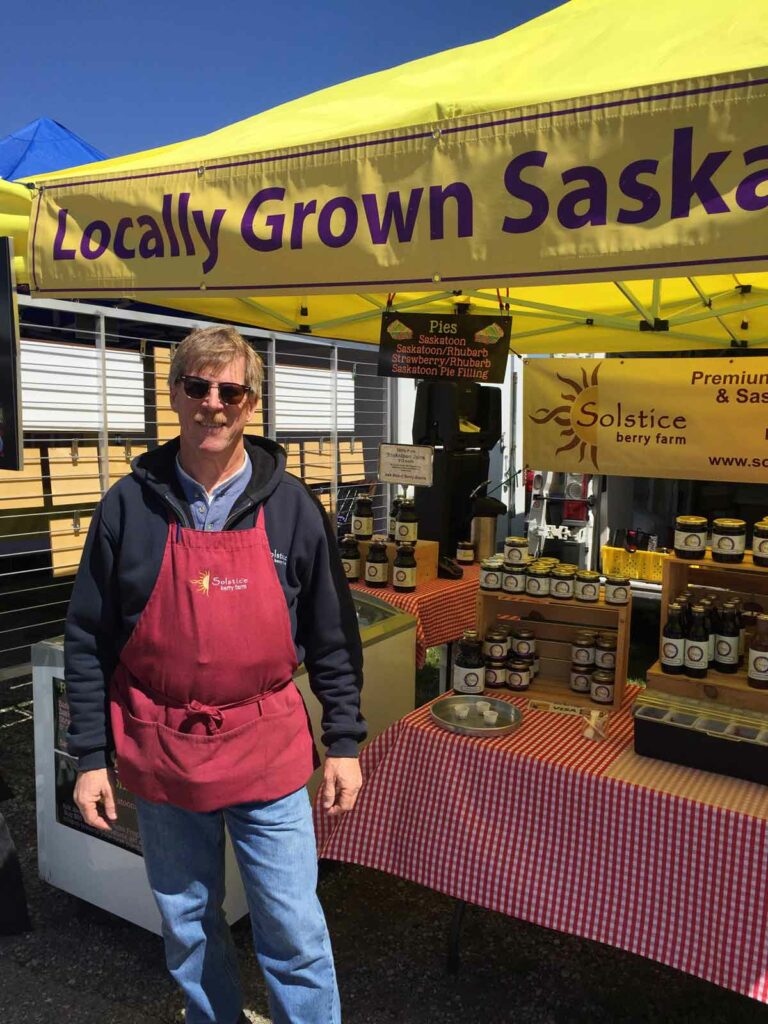
The Gelowitz’s kept a garden on their farm where they grew several saskatoon bushes. Rick, who grew up in Calgary, but spent quite a few summer vacations on his uncle’s farms in Saskatchewan, has had a lifelong love for the native prairie berry. “It was my wife’s suggestion that we try to grow Saskatoon berries,” he recalls. “And that’s how it started.”
Organic Gardening & Beekeeping for Better Community Health
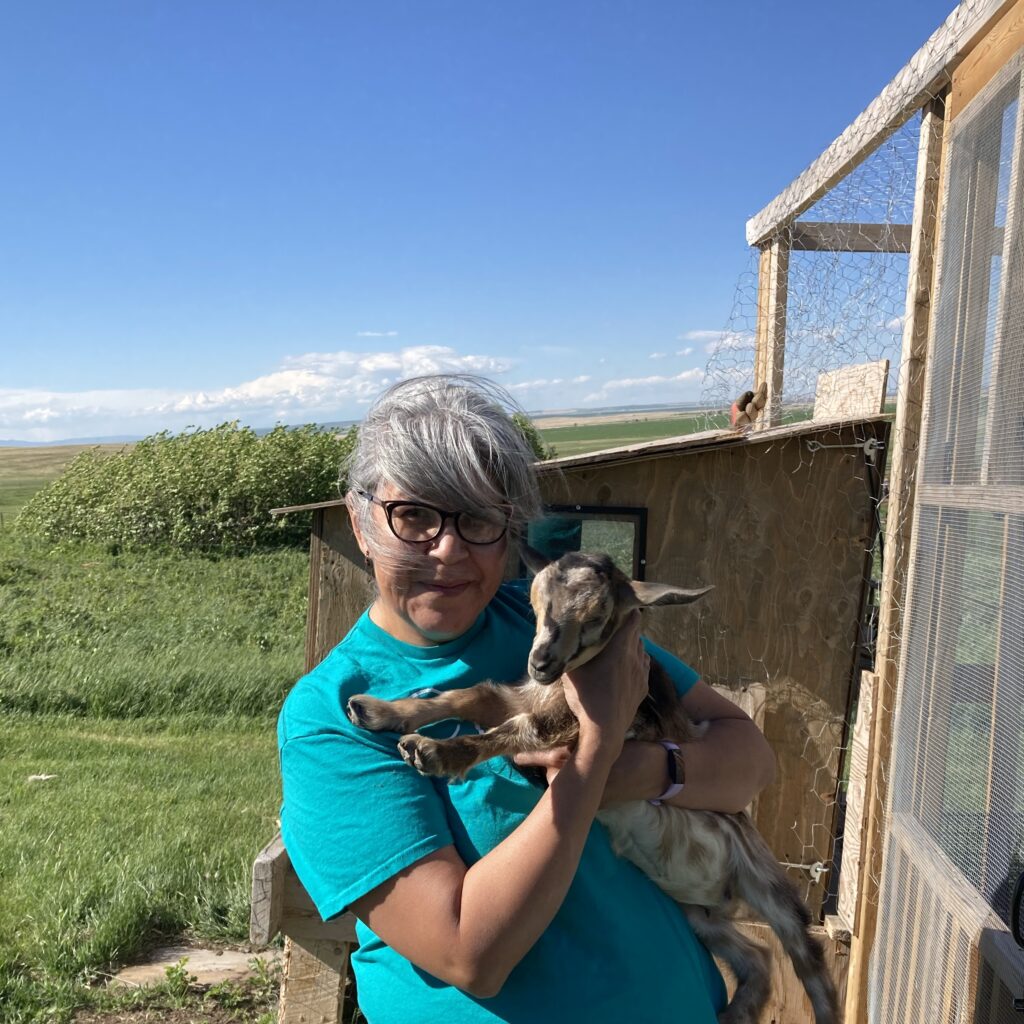
Norma Wolfchild, a member of the Blood Tribe, has spent nearly 20 years helping her community develop small business ventures, working with the Blood Tribe Economic Development as a small business development officer. After her husband was diagnosed with diabetes, she was determined to establish a healthier lifestyle with organic, nutrient-rich foods. She now has a thriving garden, a small horde of livestock and honey-producing bees.
Farming With Nature — Redtail Farms, Castor, Alberta
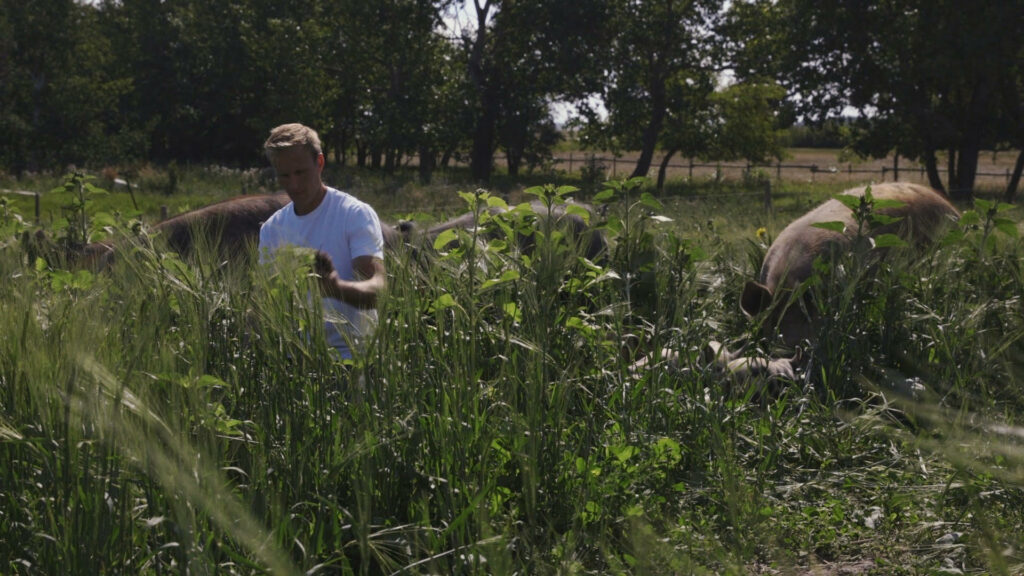
While Ian Griebel grew up on his family’s mixed farm south of Castor, Alberta, he never thought he’d one day become a farmer. Griebel studied carpentry and pursued his journeyman certificate, and envisioned a life away from the farm. But in his late twenties, he and his wife, Dana, realized they wanted “to get back to the land”, and that his family’s farm in Castor presented an opportunity.
Evolving Sustainable Practices on a Fifth Generation Ranch — Valley View Ranch & Flying Heart Meats, Strathmore, Alberta
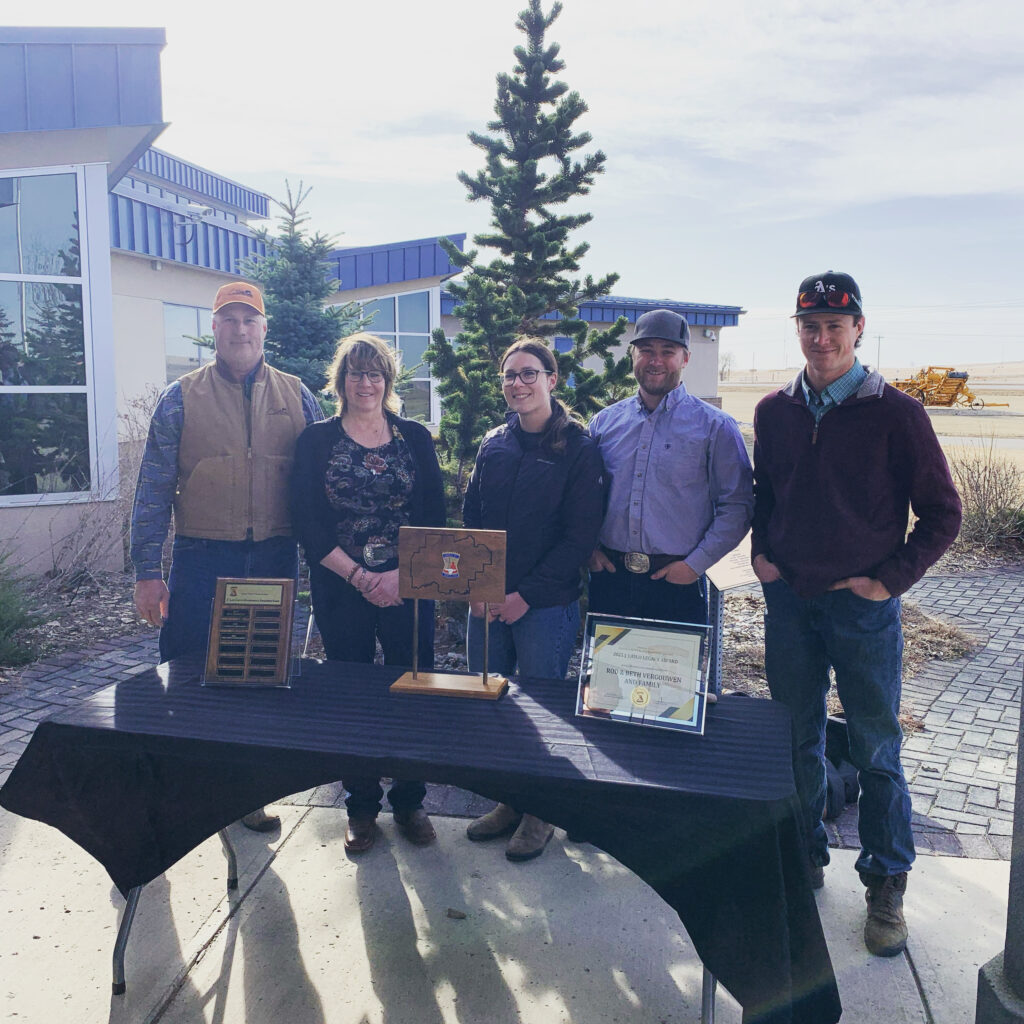
Sustainability is a shared family value at Valley View Ranch and Flying Heart Meats, a fifth generation family ranch located east of the town of Strathmore, a short drive from Calgary, Alberta.
Rod and Beth Vergouwen’s agricultural roots in Strathmore stem back to the early 1900s when Beth’s great-grandfather emigrated from Illinois with the vision to farm and ranch in southern Alberta. In 1909, he named the land “Valley View Ranch” — a name that Rod and Beth, along with their children, who represent the next generation of farmers on the family ranch, have preserved and continued to date. “We have a long, deep rooted connection with agriculture on both sides of the family farm,” explains Rod, whose own grandfather emigrated to southern Alberta from Holland in the 1920s.
Organic Farming for Ecosystem Biodiversity & Diversity – Larchgrove Farm, Barrhead County
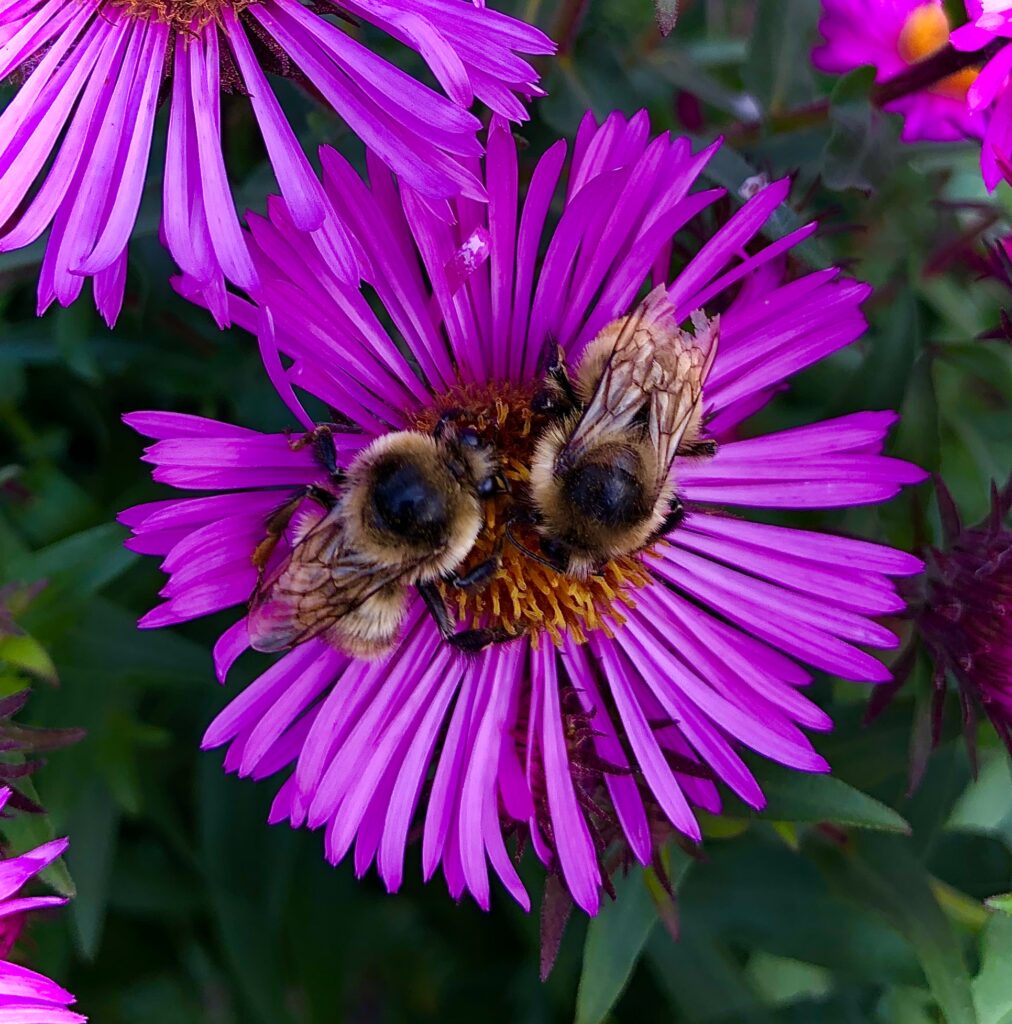
Today, Jenna and Thomas are in the process of rebuilding the market vegetable and herb garden, while focusing on restoring health and vitality back into the compacted hayfield. Their goal is to expand into an heirloom flower farm to offer a CSA program to the community (with organic, unsprayed flowers), while providing food for their honeybees and the native bees. They also want to create access for community members to grow their own food and forage for wild foods. “Everything works together,” explains Jenna, “And we’re building on this already incredibly resilient ecosystem.”
*BONUS* Bridging Echo Chambers Part Three
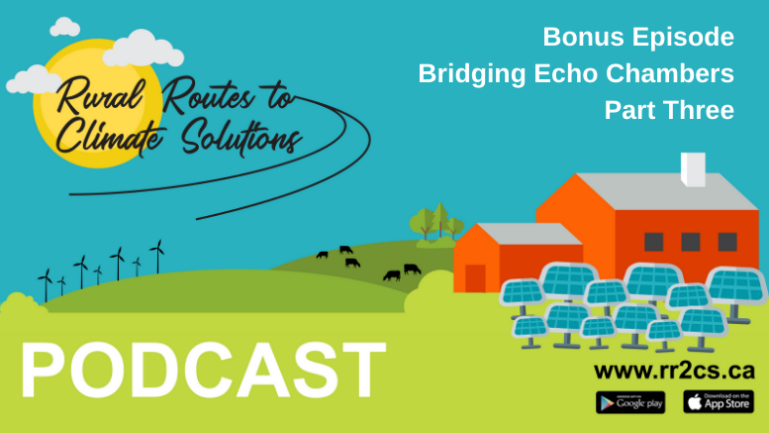
Podcast: Play in new window | Download
Subscribe: RSS
Feedlot manager Andrea Stroeve-Sawa shares low-stress livestock handling tips we can use to have constructive conversations on the livestock and the environment issue.
*BONUS* Bridging Echo Chambers Part Two
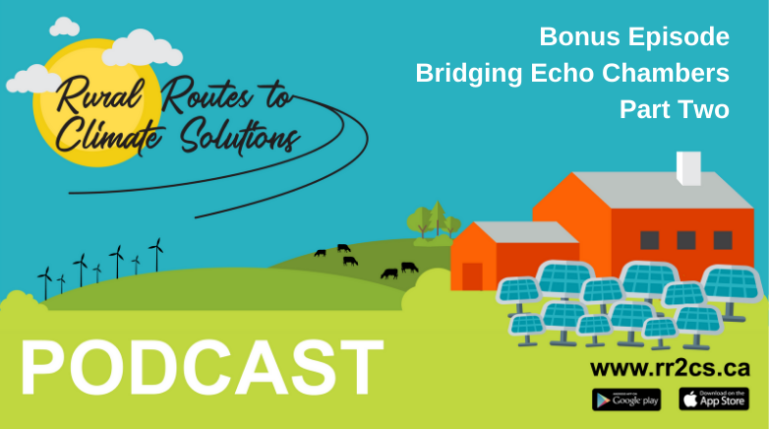
Podcast: Play in new window | Download
Subscribe: RSS
Communications strategist Sarah Wray discusses communications techniques we can use to have constructive conversations on the livestock and the environment issue.
